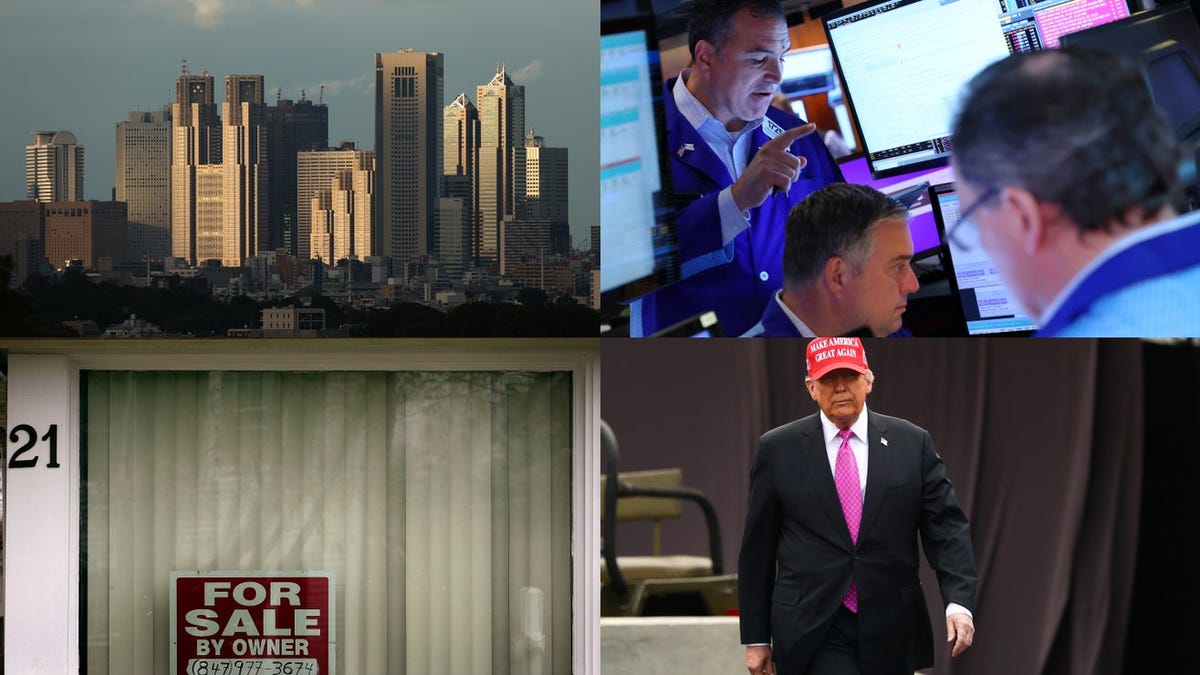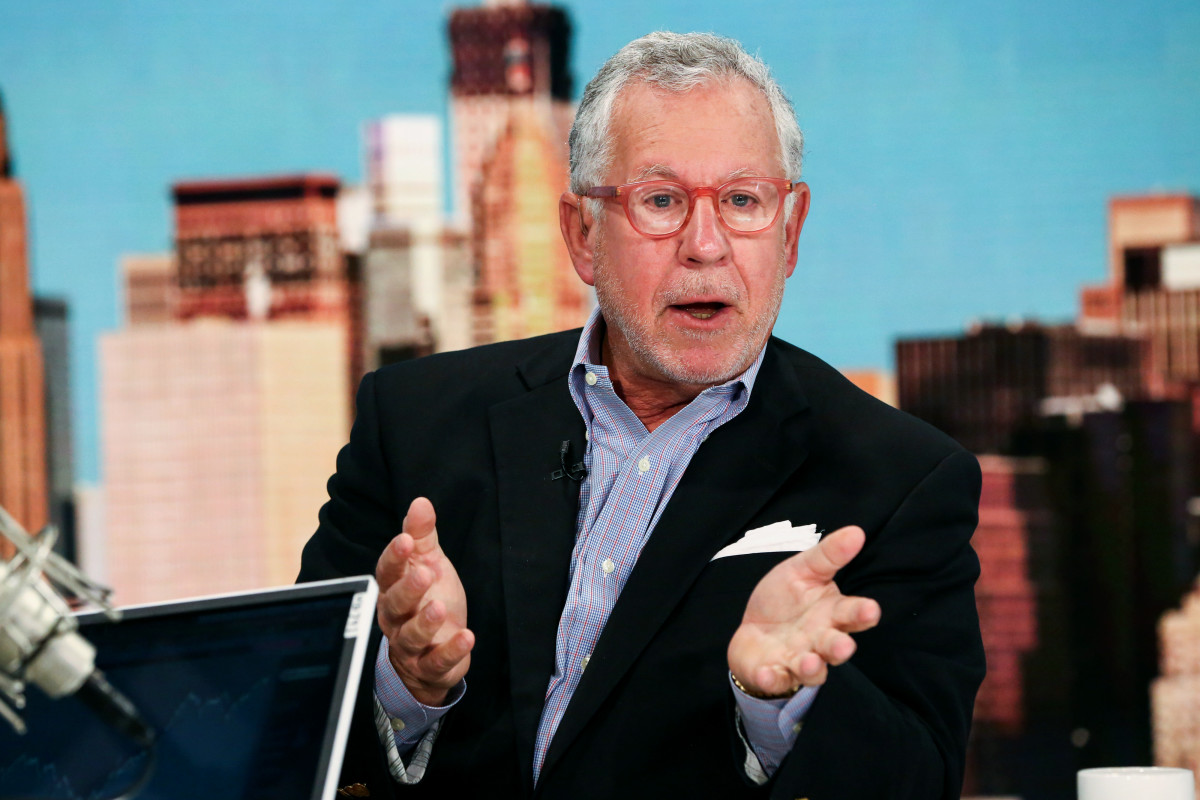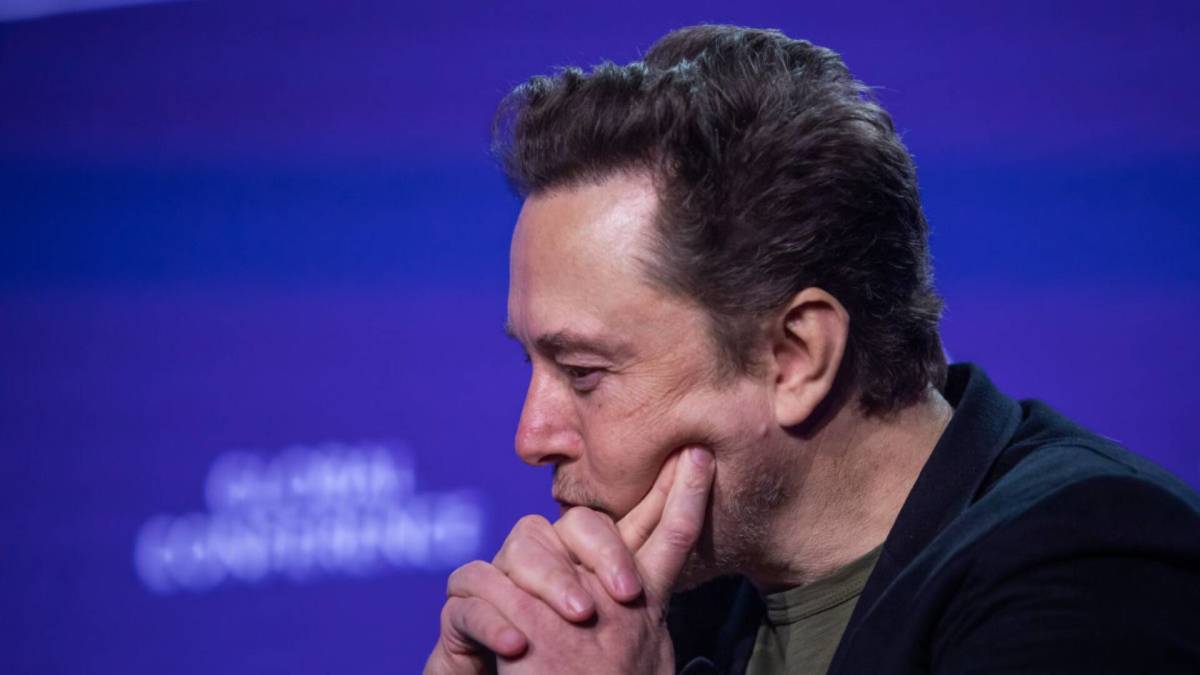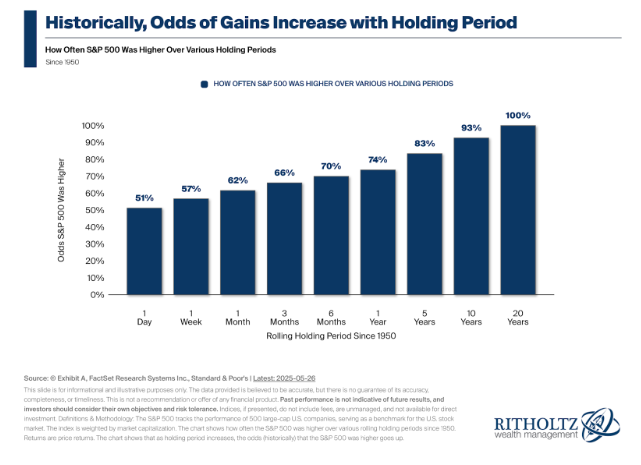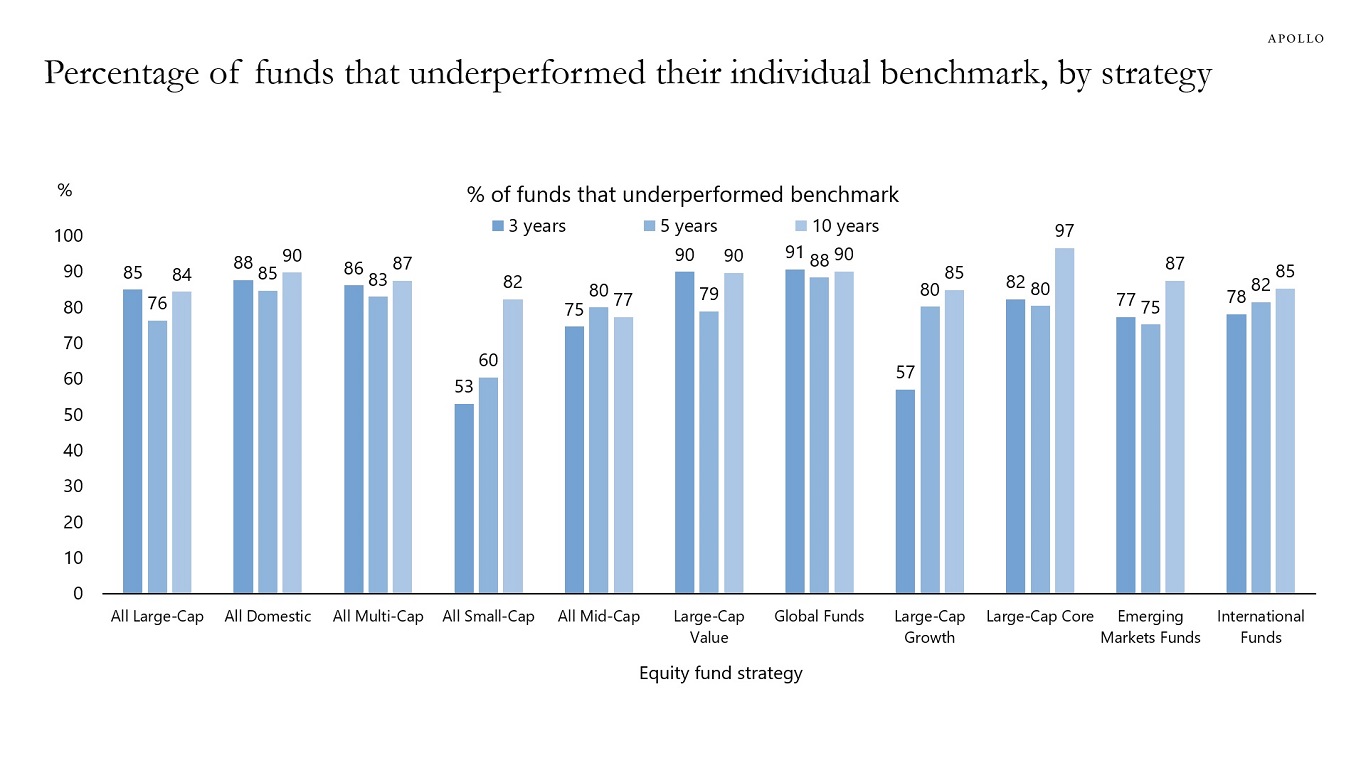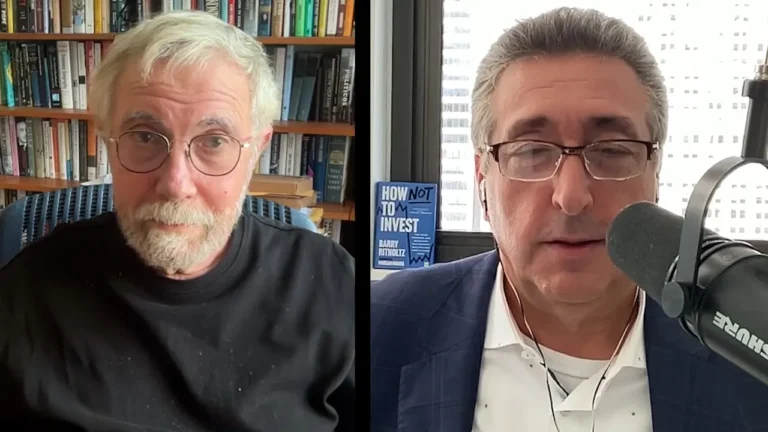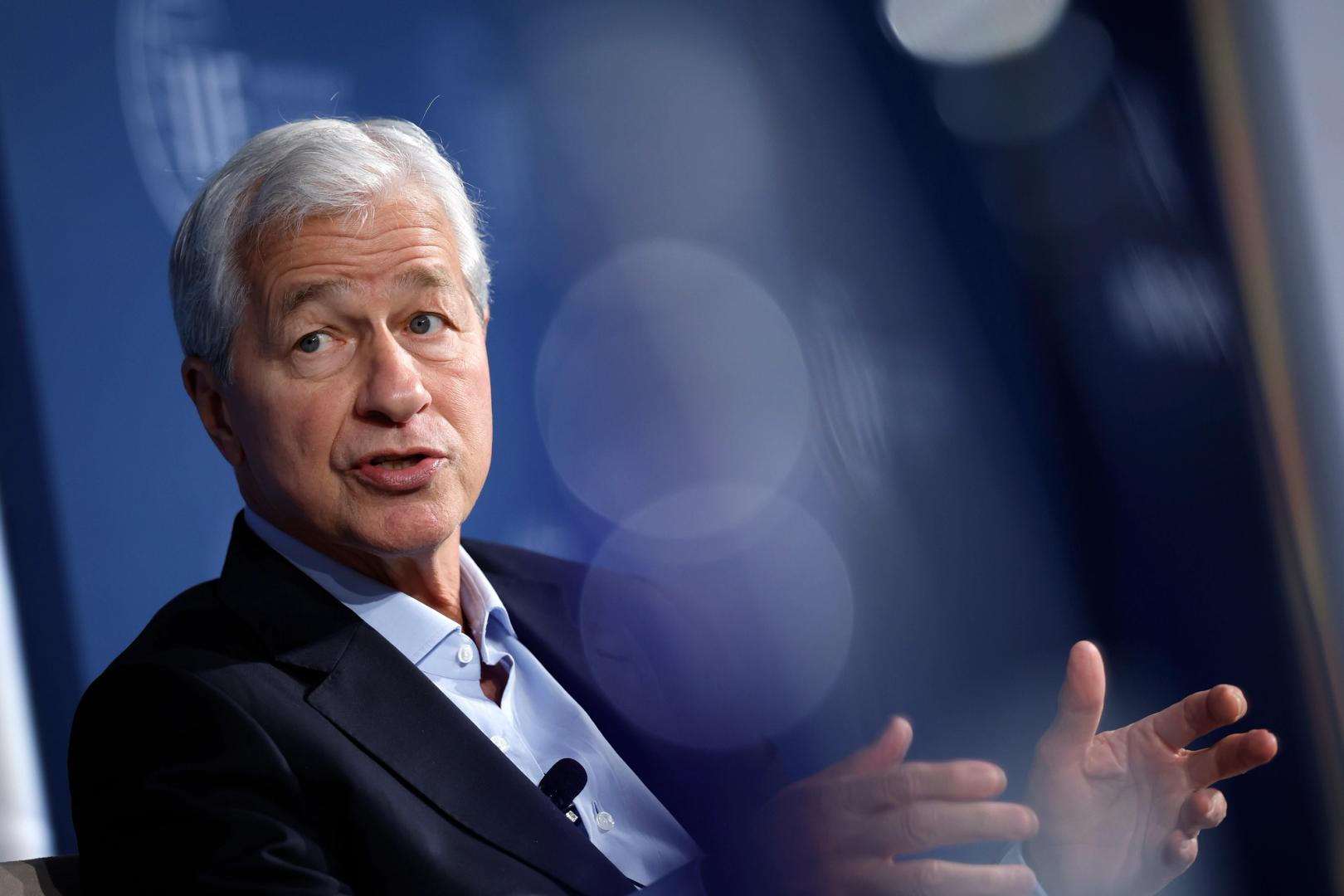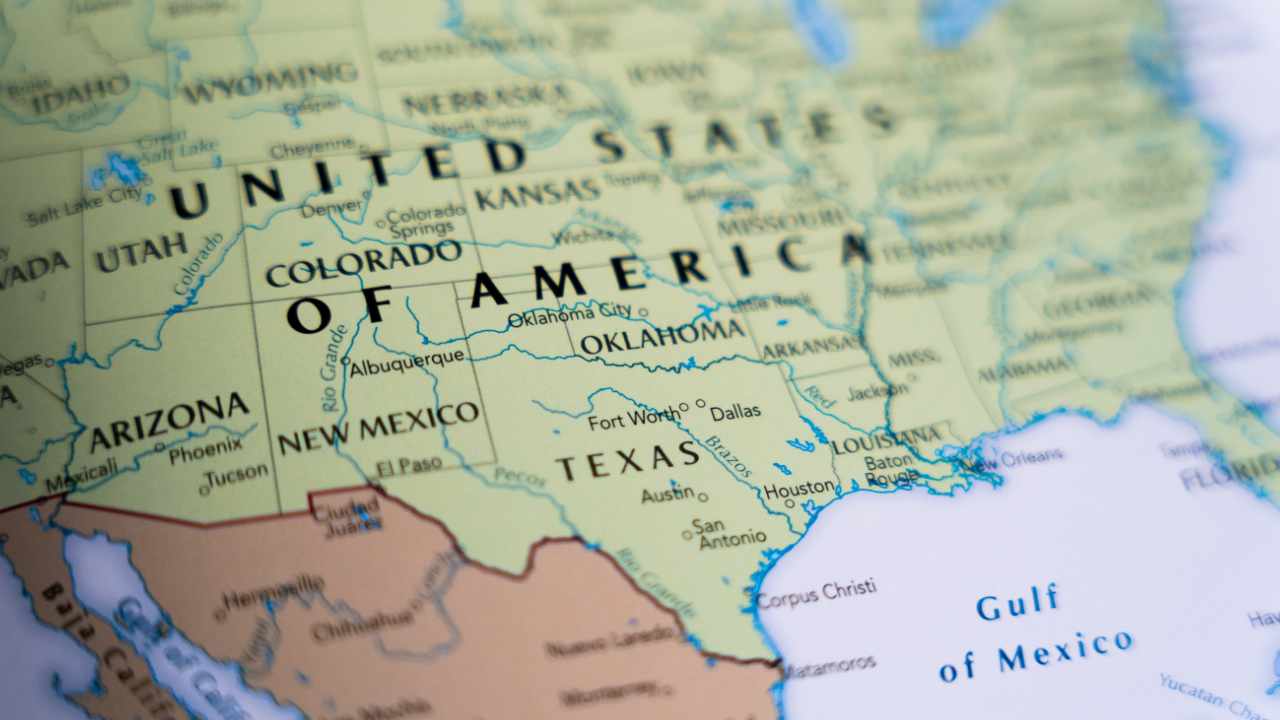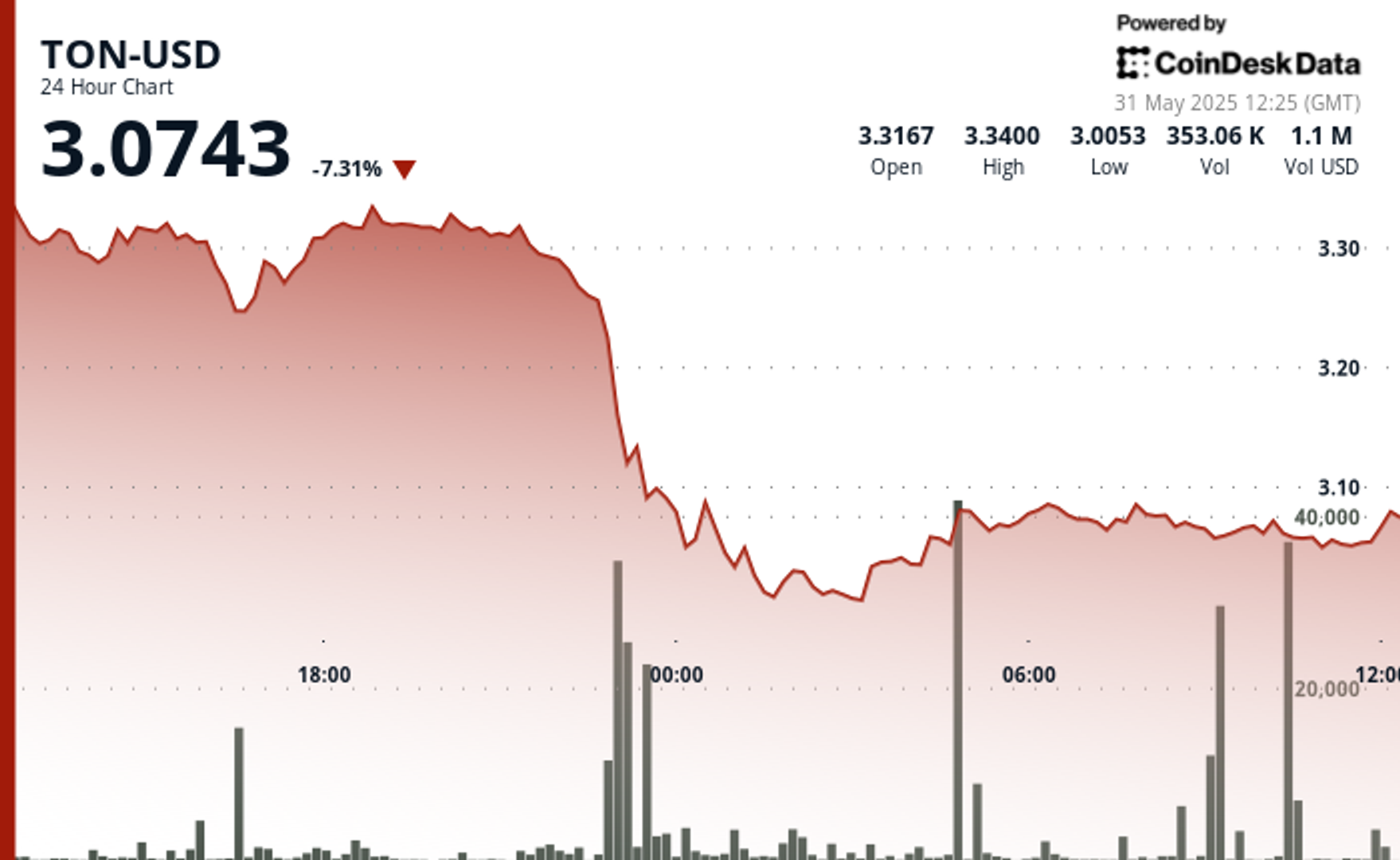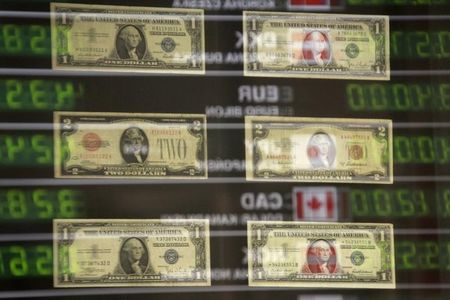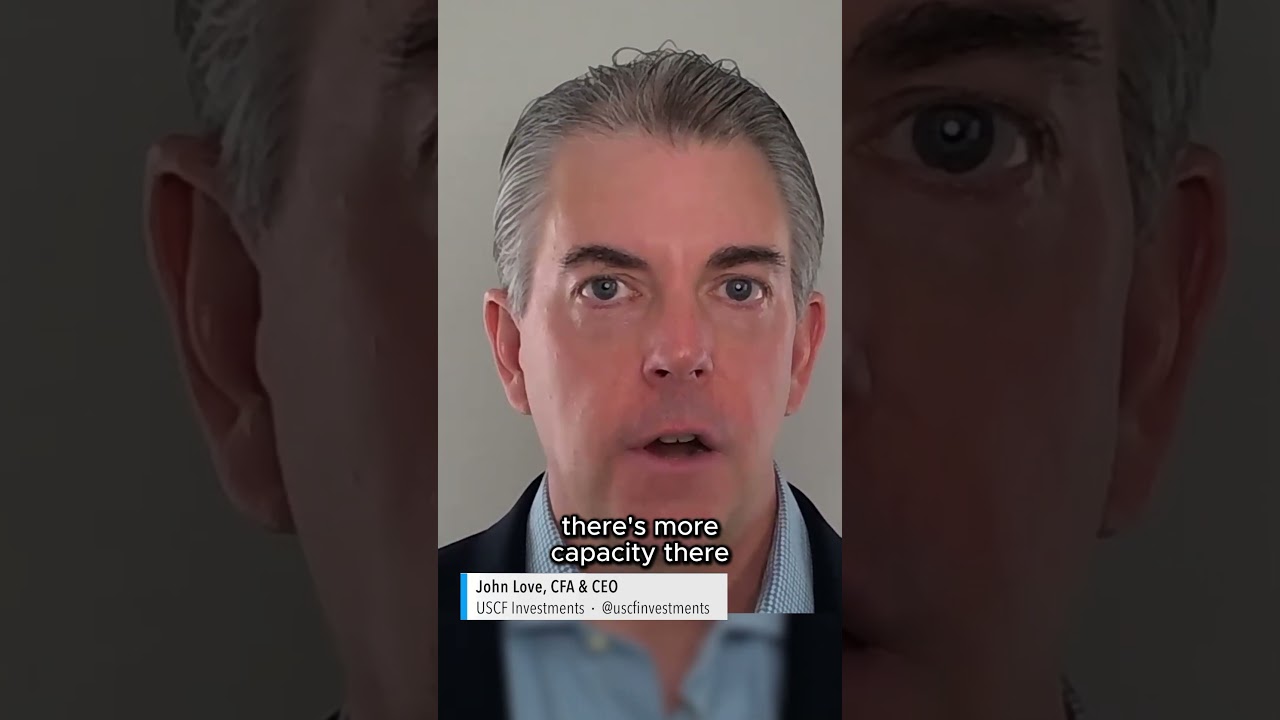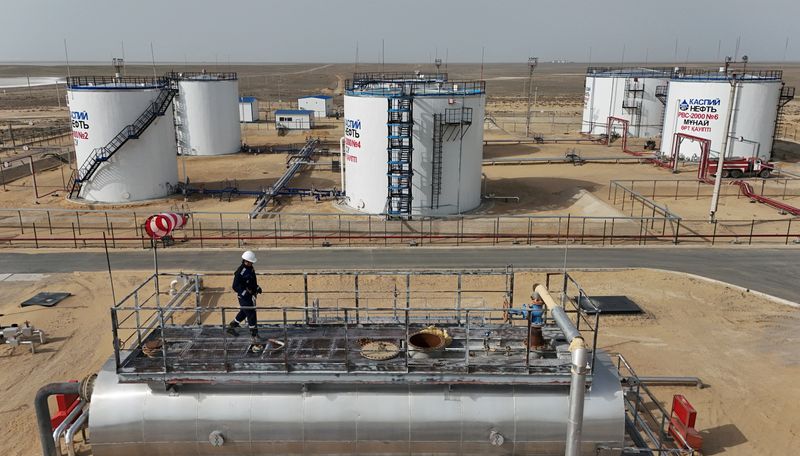Here’s what Elon Musk’s DOGE tenure has done for his net worth
Swings in public sentiment have shaken Elon's Tesla stake by tens of billions of dollars.

- During Elon Musk’s tenure at the White House, the billionaire’s net worth has risen and fallen $100 billion, with Tesla acting as a recipient of the public’s feelings about the cost-cutter-in-chief.
De facto DOGE head Elon Musk leaves his White House post this week just as he started it: As the world’s richest individual. But that status conceals wild swings in wealth for the Tesla, SpaceX and xAI head, whose tumultuous time as a presidential consigliere coincided with hundreds of billions of dollars in wins and losses.
Most of those swings took place on paper: Musk’s wealth is made up largely of his stakes in his companies, only one of which, Tesla, is public. With nearly 13% of the company, Musk’s stake is substantial, and has fluctuated by hundreds of billions of dollars during his time in office.
Tesla was riding high after the 2024 election. After Nov. 5, the company stock went on a tear, adding $350 billion to its market value over the course of a week. The surge pushed up Musk’s net worth past $300 billion for the first time in over three years.
By December, as Musk was going on a media tour talking up the soon-to-be-created Department of Government Efficiency (DOGE), his wealth rocketed past $440 billion—a first for any individual, according to Bloomberg. For perspective, that exceeds the GDP of midsized nations like Egypt ($396 billion) and the Czech Republic ($330 billion).
The positive vibes for Tesla got an assist from SpaceX, which achieved a record-setting $350 billion valuation in December thanks to a tender offer. That put Musk’s stake in the closely held company at $147 billion. It would serve him well in the coming months, acting as a bulwark after Tesla’s value collided with public displeasure.
Cutting costs, burning Teslas
Like the adage that no battle plan survives the first encounter with the enemy, Musk’s goodwill quickly ran into the problem of executions.
Tesla started sinking almost immediately after its CEO joined the government. In his Inauguration Day speech, Musk conveyed his enthusiasm with not one but two salutes that the administration insisted were not Nazi-style salutes, despite the resemblance. DOGE’s approach to reform—sweeping changes with little regard or understanding for protocol—quickly turned off many people, leading to widespread protests and even acts of vandalism against Tesla dealerships.
Musk’s admission that he was juggling DOGE and his corporate responsibilities “with great difficulty” tested the patience of even his most stalwart backers. By mid-March, when Trump mounted a public show of support with Teslas on the White House lawn and threatened to prosecute vandals as domestic terrorists, the company’s value had bottomed, wiping out $100 billion of Musk’s wealth.
Poor sales figures throughout the first quarter and broader stock-market gyrations around the April “Liberation Day” tariffs didn’t do Musk any favors, as the company’s stock stayed suppressed for much of that month. But, with Musk becoming a less visible figure in the cabinet, sentiment shifted, and Tesla’s stock started gradually rising in late April. It’s now just down 10% since the start of the year.
Today, Musk is worth $386 billion, according to the Bloomberg Billionaires Index. He has regained tens of billions in net worth, although his value on paper is still tens of billions below the December peak.
He has taken steps to assuage investors and the public, vowing to curb political spending for the foreseeable future and re-committing to the job of Tesla CEO for the next five years. Meanwhile, investors are begging the sometime CEO to at least act like a full-time employee. The next quarter will show how much he meant it.
This story was originally featured on Fortune.com
























